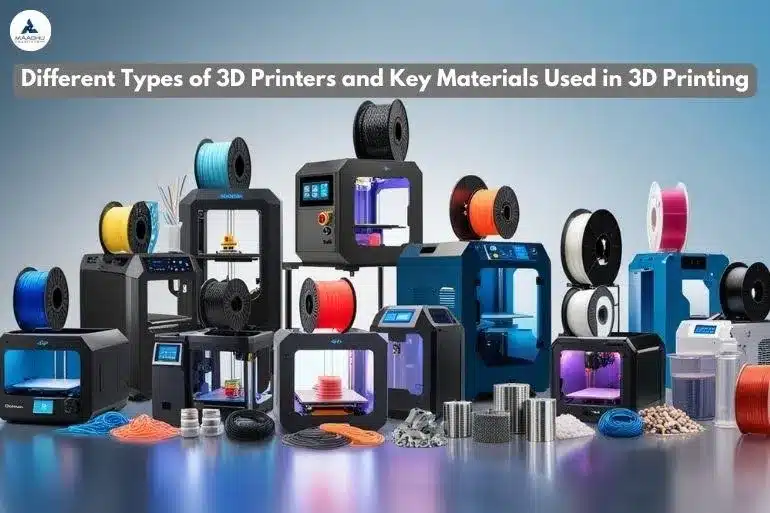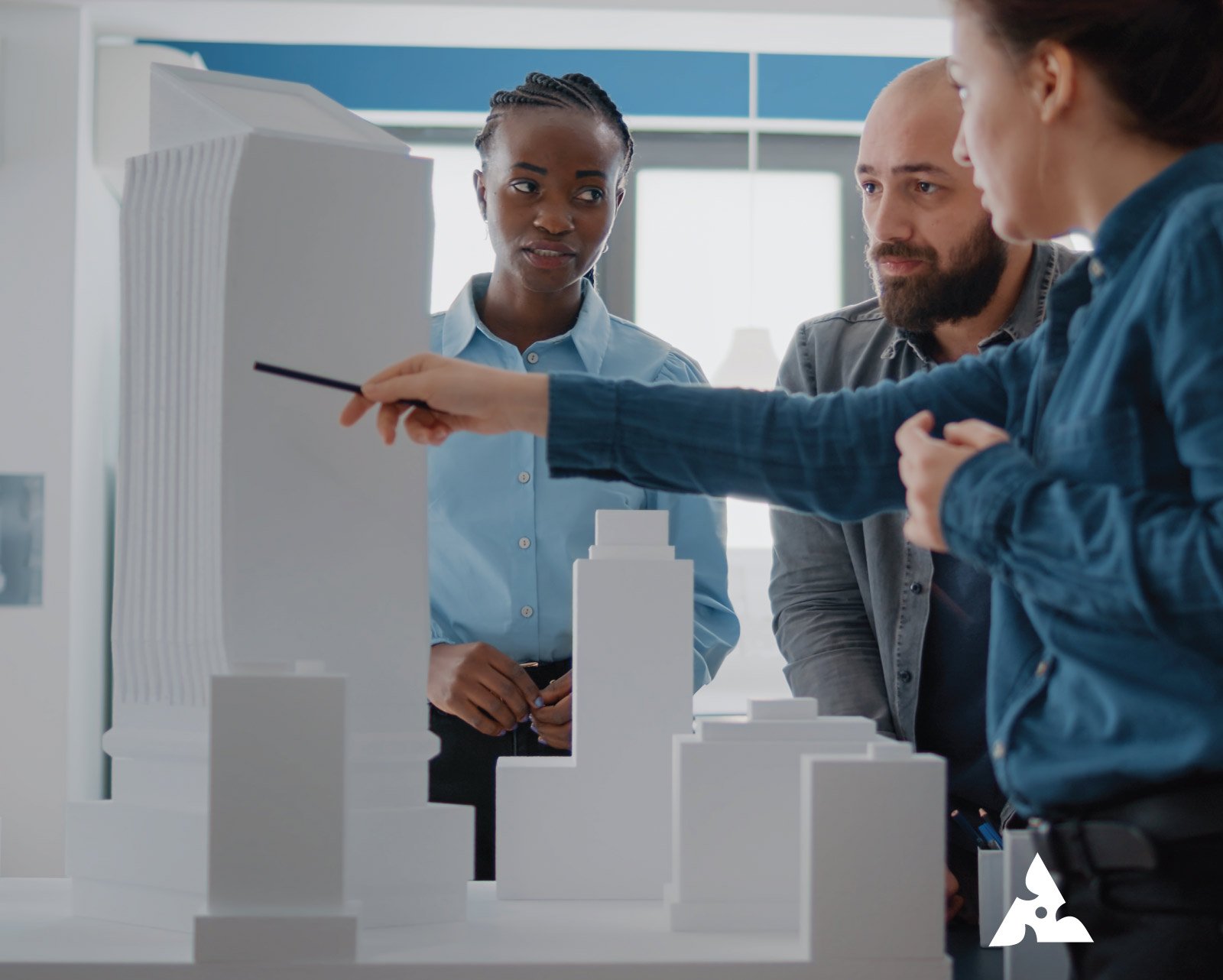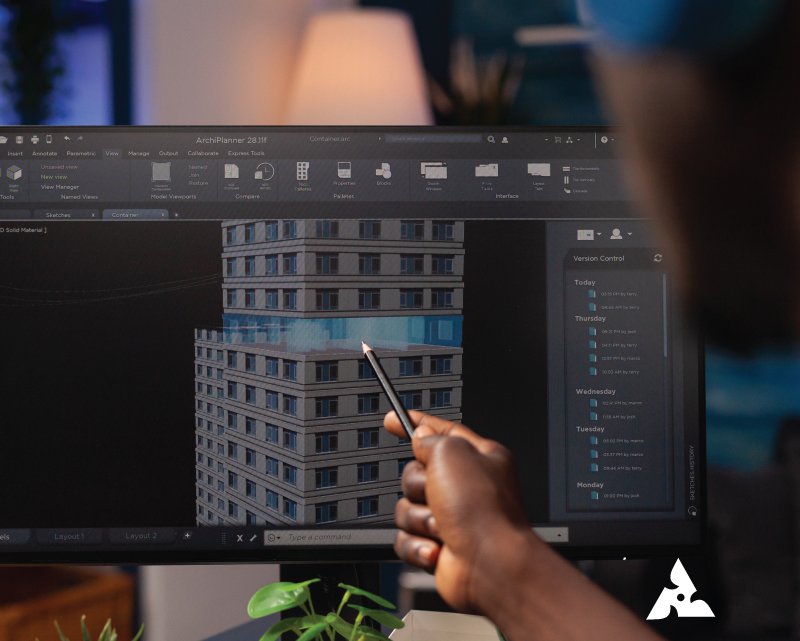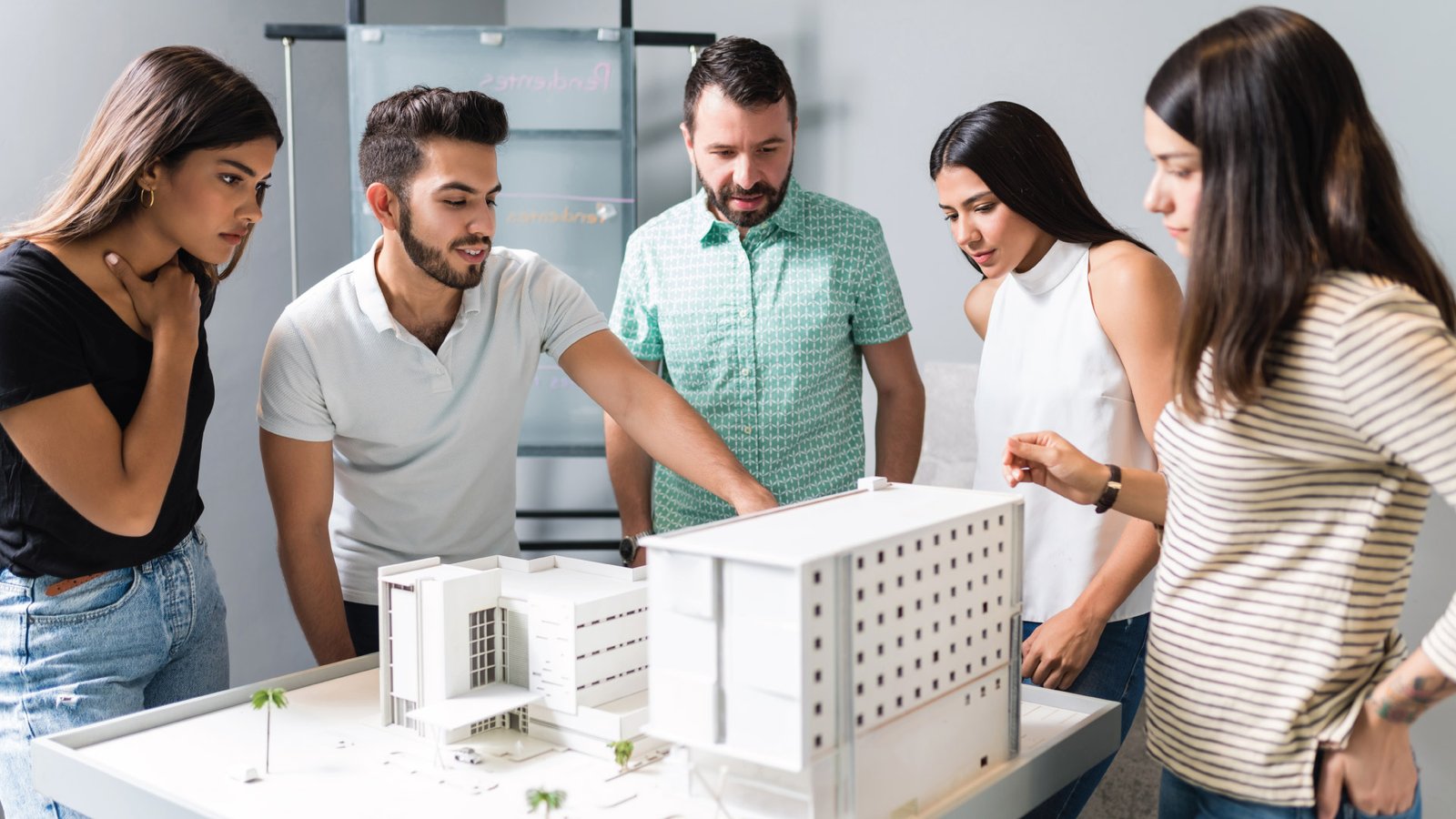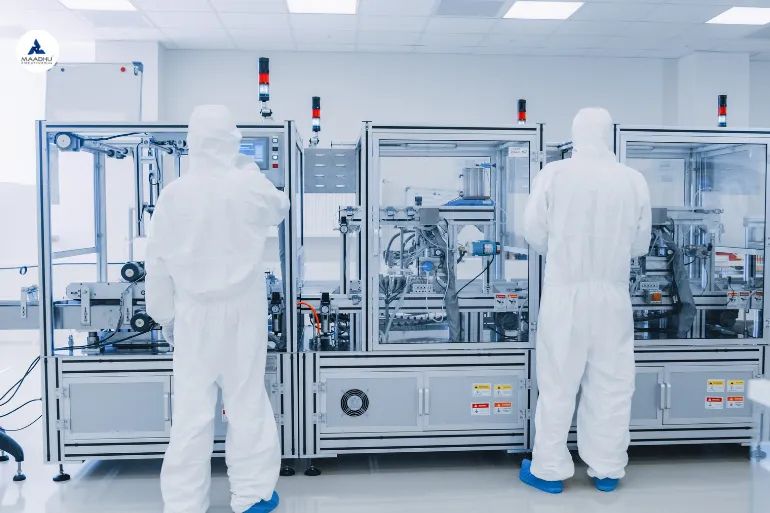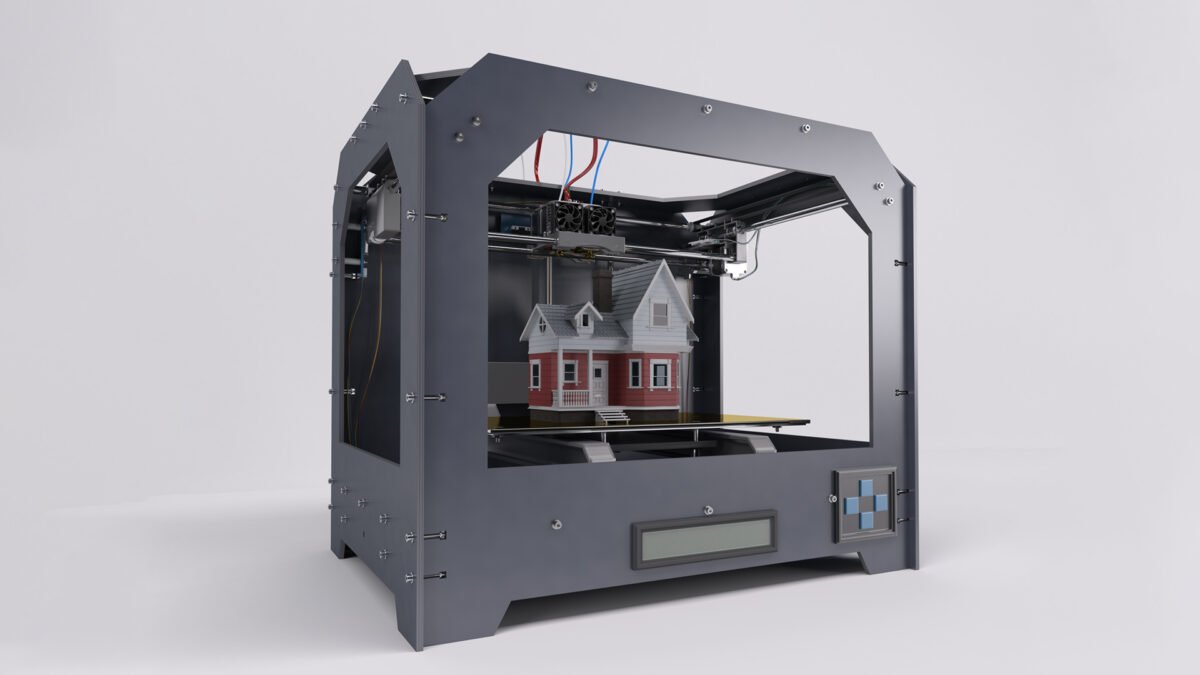Different Types of 3D Printers and Key Materials Used in 3D Printing Table of Contents Let’s Connect 3D printing, also known as additive manufacturing, has been quite the revolution in many industries to be able to print complex objects layer by layer from digital models. Being a diverse technology that is very affordable and brings creative visions to life, it has expanded its horizons rapidly. A large part of choosing the right approach depends on understanding different types of 3D printers and the materials used for them. Types of 3D Printers Fused Deposition Modeling (FDM): FDM is the most widely adopted type of 3D printing and is particularly well known for its affordability and accessibility. These printers operate by extruding a thermoplastic filament with the assistance of a heated nozzle that layers the material into a 3D object. Applications: prototyping, hobby projects, and educational purposes. Materials Used: PLA, ABS, PETG, TPU, and Nylon. Advantages: cost-effective, user-friendly, and ideal for beginners and general-purpose use. Stereolithography (SLA): SLA makes use of a laser, which hardens liquid plastic by curing resin into its final shape. It has a reputation for being known to create high-resolution products with very smooth surface finishes. Applications: jewelry models, dental models, very intricate engineering parts. Materials Used: photopolymer resins in standard-tough and flexible versions. Advantages: high resolution. Precise and can actually create complex geometries. Digital Light Processing (DLP): DLP is like SLA but uses a digital projector screen to flash an image for each layer individually, which makes the entire process faster. Applications: small-scale manufacturing, medical devices, and artistic projects. Materials Used: Photopolymer resins. Advantages: Faster than SLA at the same level of resolution and detail. Selective Laser Sintering (SLS): SLS makes use of a laser that causes the sintering process of powdered material such as nylon or composite materials with the bonding of the particles creating a solid. Applications: functional prototypes, aerospace, and automotive. Materials Used: Nylon, TPU, and composite powder. Advantages: It needs no support structure, which gives it an opportunity for difficult shapes. Multi Jet Fusion (MJF): In this, MJF creates objects by jetting a binding agent onto powder material layers that then get heated to solidify the material. Applications: prototypes, tooling, and end-use parts Materials Used: nylon and composite powders. Advantages: high-quality finishes, speed, and ability to produce fine details. Binder Jetting: This process is about depositing a liquid binding agent layer by layer on to a powder bed layer by layer, thus creating parts from materials like metal or ceramics. Applications: architectural models, metal parts, and customized components. Materials Used: metals, ceramics, and sand. Advantages: cheap, especially for large numbers, and material-independent. Direct Metal Laser Sintering (DMLS) / Selective Laser Melting (SLM): In both DMLS and SLM, metal powders are melted/sintered together using laser, producing the most accurate, detailed metal parts ever imagined. Applications: aerospace, medical implants, as well as in high-performing machinery applications Materials Used: all above-listed materials will work. Advantages: very precise material and suitable for critical operations. PolyJet Printing: PolyJet printers spray liquid photopolymer to a build platform and cure it using UV. The machines can combine multiple materials and colors in one print. Applications: prototyping, dental models, and artistic models Materials Used: photopolymers of various textures and colors Advantages: multi-material capabilities, high resolution, and rich color options. Key Materials Used in 3D Printing Plastics: The majority of 3D printing processes rely on the use of thermoplastics. Popular Types: PLA (biodegradable and easy to use), ABS (durable and heat-resistant), PETG (strong and flexible), and Nylon (versatile and tough). Applications: toys, consumer goods, lightweight components. Advantages: affordable, widely available, and for diverse applications. Resins: Liquid resins are used in SLA, DLP, and PolyJet printing for models of high detail. Types: standard, rigid, flexible, and biocompatible resins. Applications: medical products, jewelry, and intricate models. Advantages: high accuracy and smooth surface finishes. Metals: Metal 3D printing offers the capability of producing strong and complicated parts in high-end applications. Common Metals: stainless steel, titanium, aluminum, and bronze. Applications: aerospace, automotive, and medical implants. Advantages: good mechanical property and high durability. Ceramics: Ceramics are utilized in specific applications for heat and aesthetic values. Applications: sculpture art, crowns in dentistry, and components that withstand extremely high temperatures. Advantages: they are strong, withstand high temperatures, and are easy to make. Composites: These combine traditional 3D printing materials with fibers of carbon or glass to give higher strength and stiffness. Applications: structural components, aerospace components, and performance tools Advantages: extremely lightweight but strong Other specialty: materials that are developing for special application. Examples: biomaterials for tissue engineering and food-grade materials like chocolate for culinary projects. Applications: medical research and creative industries. Advantages: unique properties tailored to specific needs. Choosing the Right Printer and Material The choice of which printer and material to choose depends on several factors: Budget: the cost of the printer and materials. Application: the type of application in terms of the requirements needed for your project. Precision: higher-detail applications, for example, SLA, DLP, and PolyJet. Material Compatibility: the material chosen needs to be compatible with the selected printer. Innovations in 3D Printing Technologies and Materials The field of 3D printing continues to evolve. Sustainable Materials: eco-friendly filament and bio-resin gain popularity. Hybrid Printers: the combination of technologies in a single print line Custom Materials: development of dedicated materials for dedicated industries such as space and medicine. Conclusion Manufacturing, design, and innovation have gained a new horizon due to 3D printing. Affordable FDM technology, along with advanced metal, and resin-based technologies, is being adopted. Coupled with thousands of materials, endless options open up. Technologically speaking, 3D printing continues to re-mold industries and inspires innovators and creators across the world. So, whether it’s just a hobby or your livelihood, knowing the kinds of 3D printers and the materials is a key first step into this interesting world. Recent Posts FAQs 1. What’s the difference between FDM and SLA 3D printing? FDM uses thermoplastic filaments to add layer by layer, the most affordable and easy material for
